Can Laser Treatment Help Remove Birthmarks?
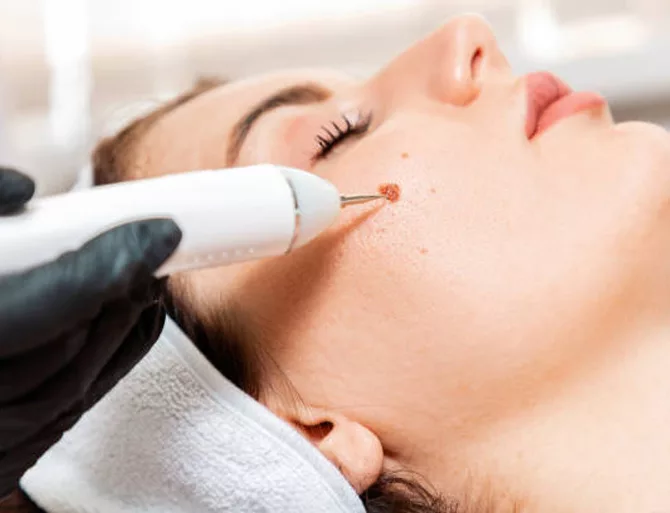
Removing birthmarks with lasers can be a delicate and tricky process. No two are alike. Each has its own location, color, shape and size which makes laser treatment of birthmarks a highly-individualized process. Generally, birthmarks are either red or brown, and there are several different types of each. Examples of red or “vascular” birthmarks include […]
How Do You Treat Acne Scars?
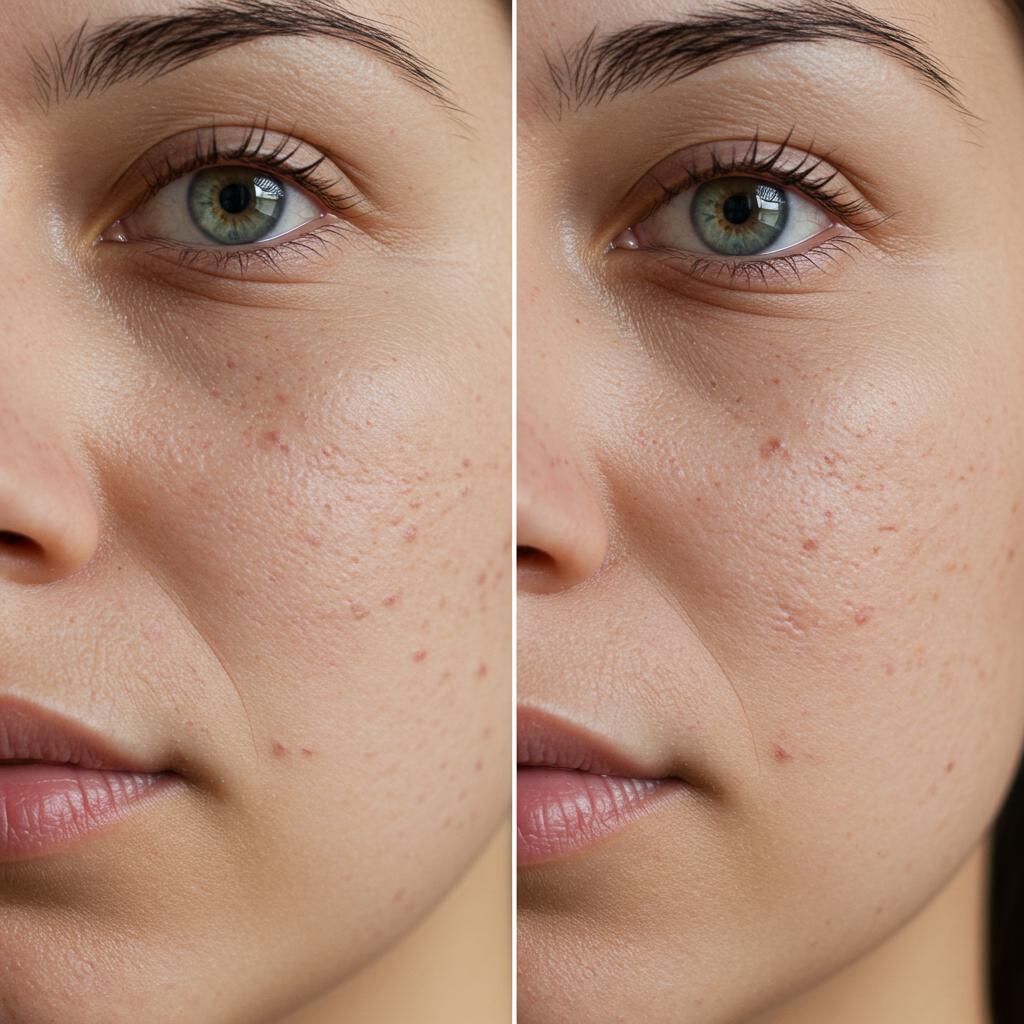
The answer to this question depends largely on what type of acne scars you have. There are several types of acne scars we treat. Dark pigmented acne scars (brown spots in darker skin types). Red pigmented acne scars (red spots in lighter skin types). Textured acne scars (bumpy, rolling, disk shaped, pitted, ice pick, etc.) […]
Which Lasers Are Good for Wrinkles?
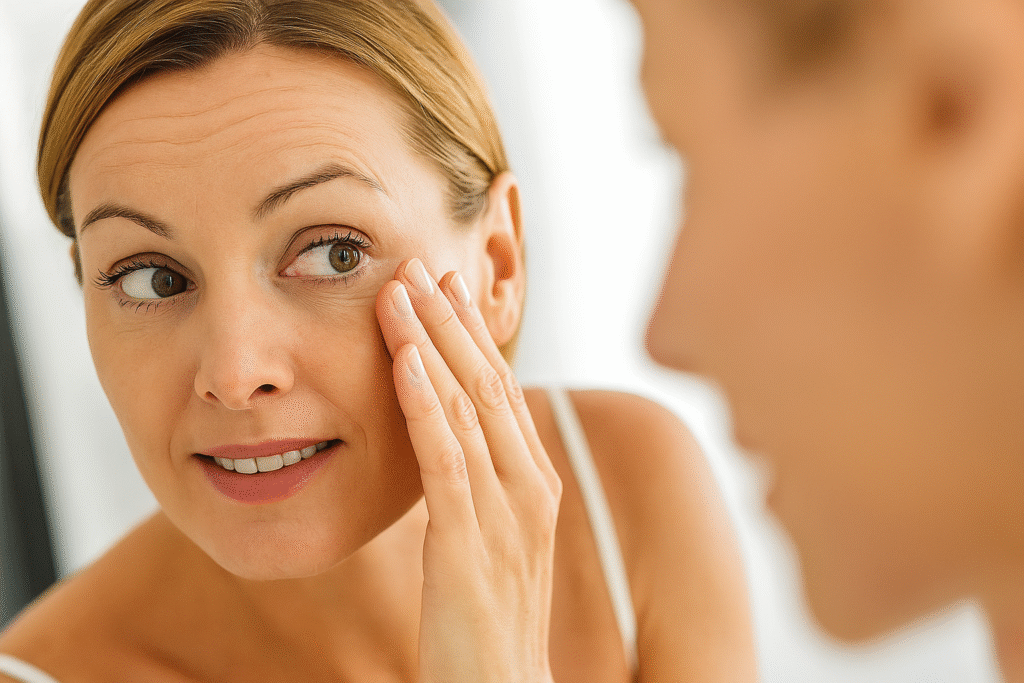
Have you been considering laser treatments to improve your lines and wrinkles? Because of the hype in our industry, you may be surprised to learn that not all lasers treat lines and wrinkles effectively. We’re here to help you make sense of your laser options for smoother, tighter, firmer and younger skin. We’ll explain their […]
How Can I Get Rid Of Veins on My Hands?
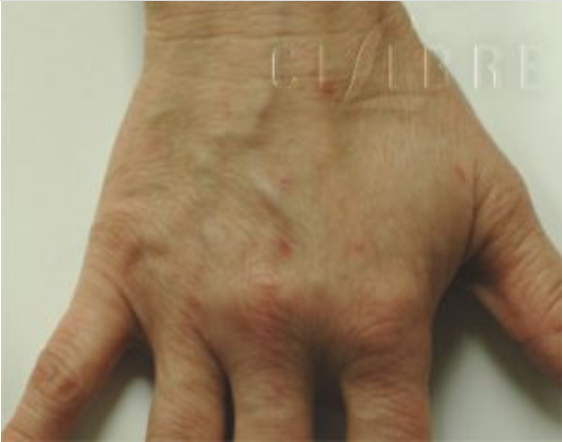
When you think about anti-aging treatments, you might think first about procedures to help your face look smoother, fuller, firmer and less wrinkled. But your face isn’t the only indicator of your age. In fact, many of our patients who’ve had effective facial rejuvenation come to us asking about other areas that they feel don’t […]
Removal of Brown Spots on the Lips
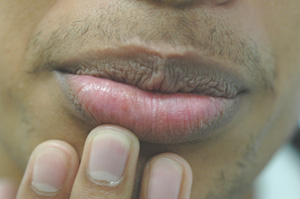
Have you had freckles your whole life? Or maybe you have a darker skin type or a long history of sun exposure and you’ve noticed small brown spots popping up everywhere? Whatever you call them – sun spots, freckles, birthmarks or brown spots—there’s a good chance that you have a few that you wish you […]
Birthmark Removal, How Many Laser Treatments?
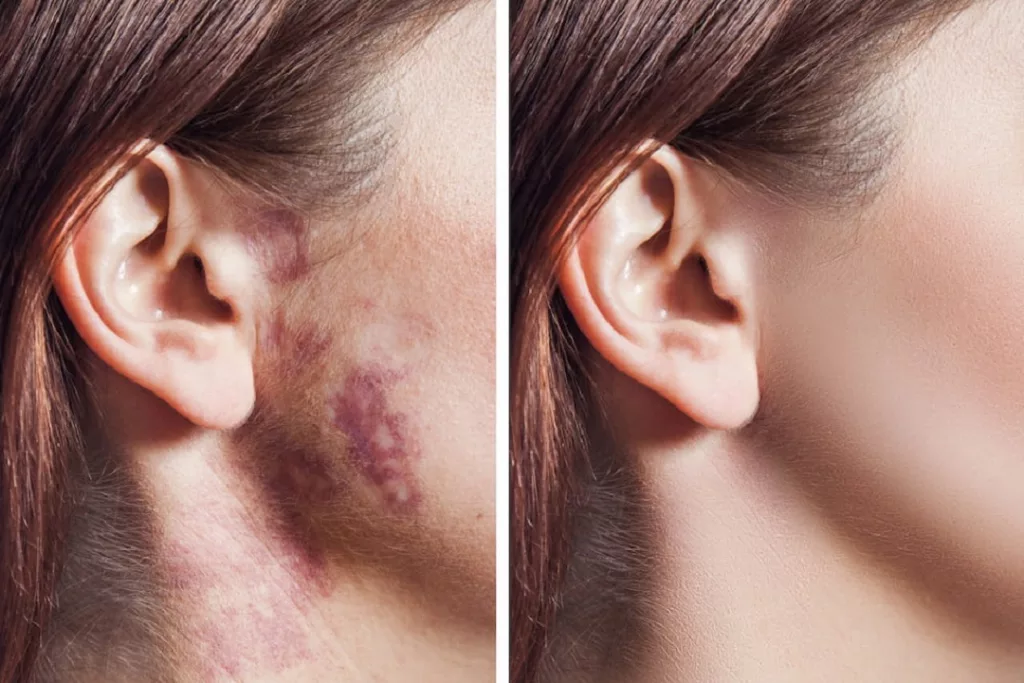
There are several types of birthmarks – red birthmarks are vascular (made up of small blood vessels at the surface of the skin) and brown birthmarks that are made up of melanin (the skin’s natural pigmentation) that is darker than the surrounding skin. In addition, birthmarks come in a variety of sizes and density of […]
What Is Erbium Laser Resurfacing?
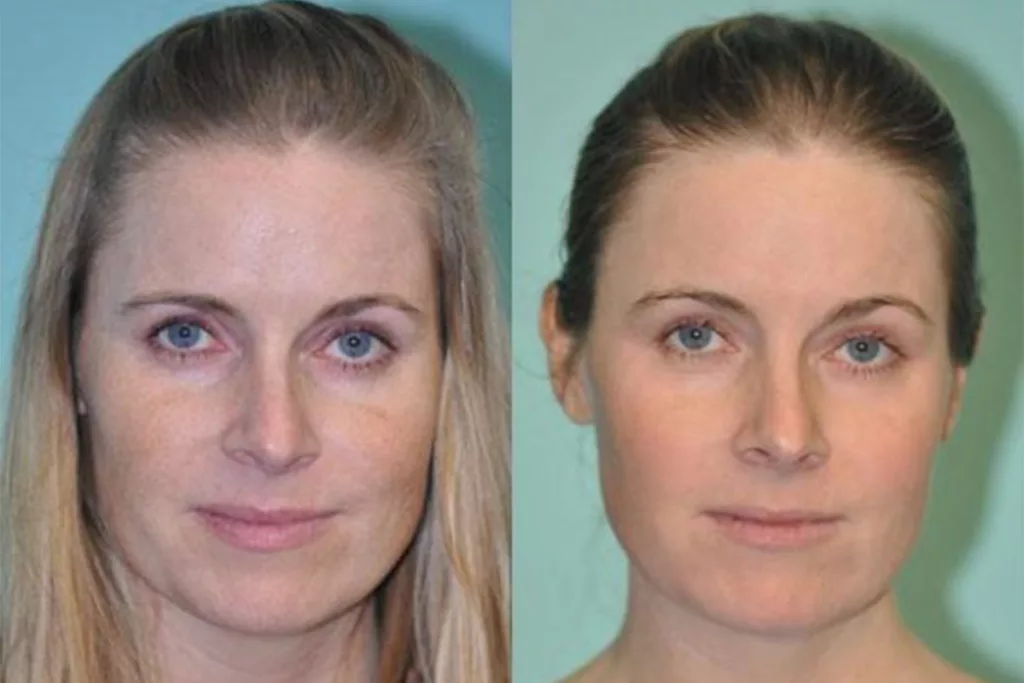
There are so many different lasers for skin resurfacing that you might wonder which one would be good for you? At Celibre Medical Corporation, the technology that we’ve found to offer superior safety and results with our patients is the erbium YAG laser. Erbium is an older technology, but it works, and we know that […]
What is the Difference Between Tattoo Removal and Permanent Makeup Removal?
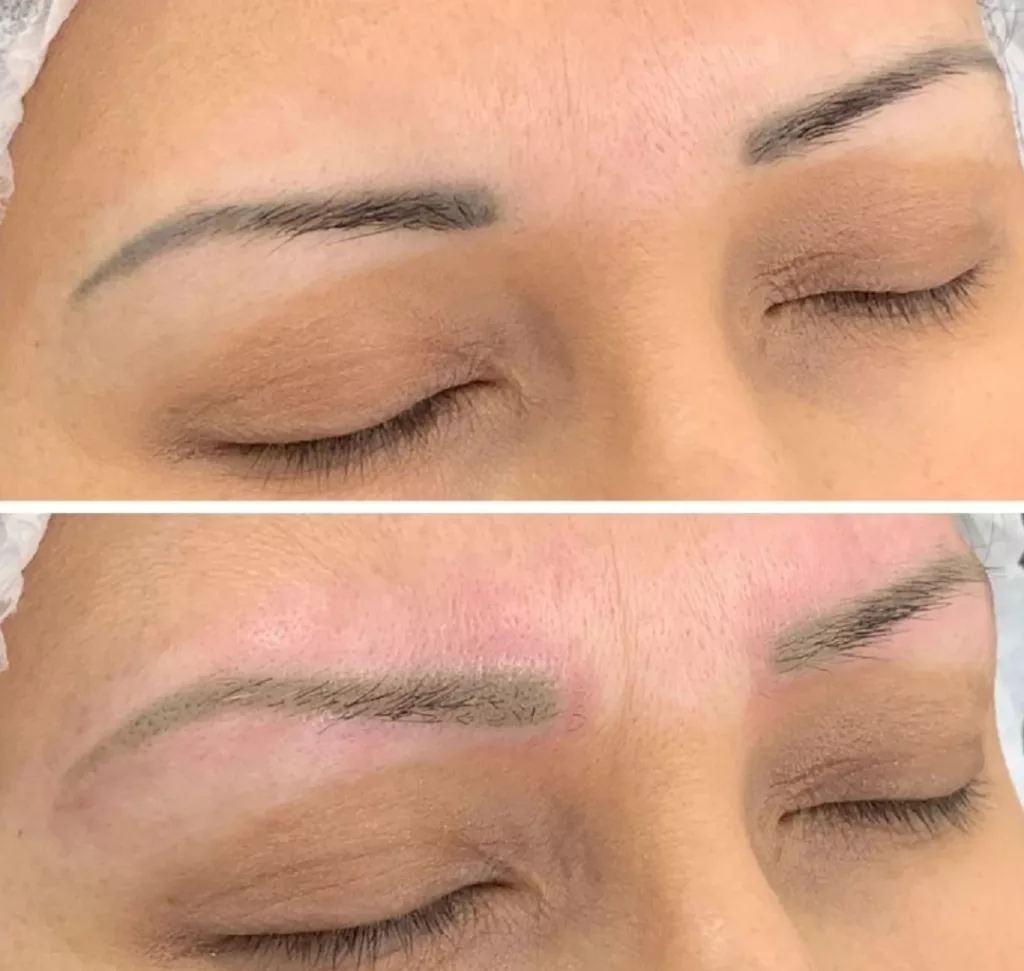
If you have a tattoo or permanent make-up, you may be surprised to learn that a laser can remove either. In fact, the same type of laser (q-switched lasers) can tackle the job of removing tattoos or permanent makeup. Even though permanent makeup and tattoos are similar, the removal process is often different. Even though […]
How Can I Prevent Spider Veins?
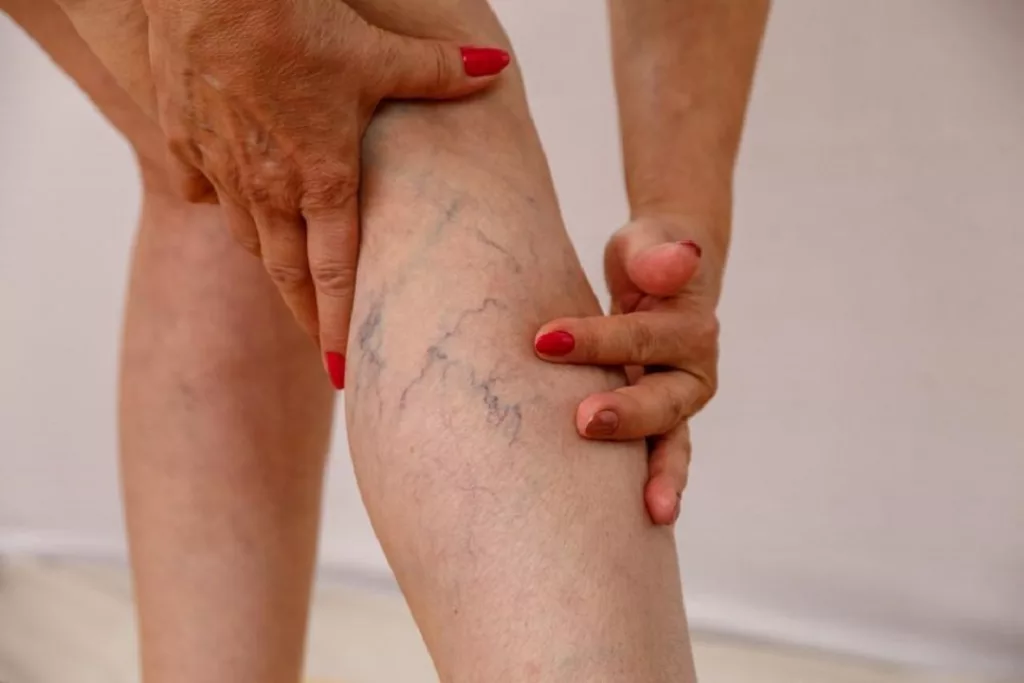
It’s often said that an ounce of prevention is worth a pound of cure. This is especially true when it comes to our health. However, this idea becomes even more critical when you have a family history of a condition. While spider veins aren’t especially dangerous, they can have a severe impact on your quality […]
Can Freckles be Treated with Lasers?
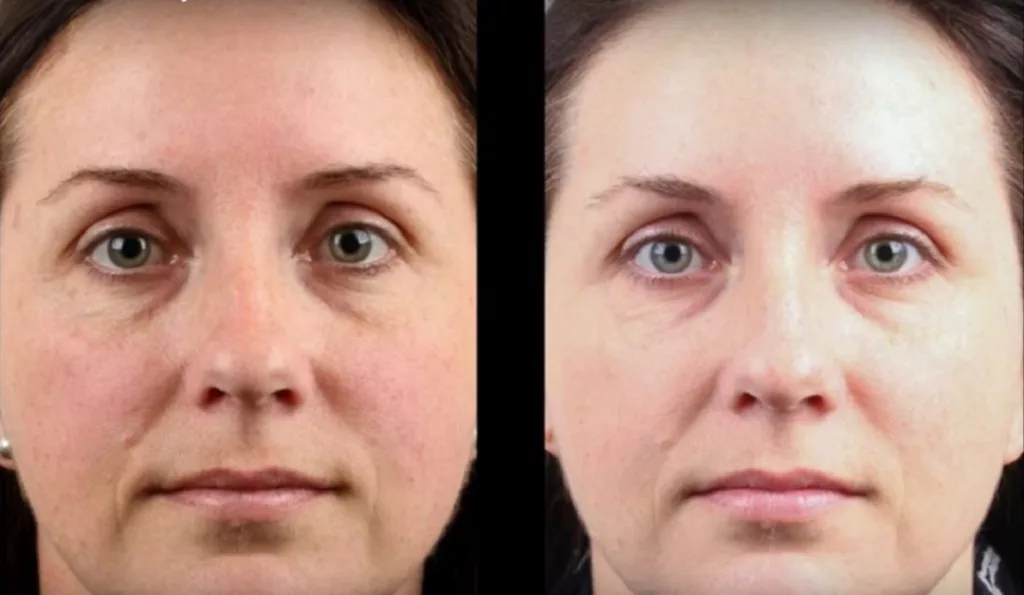
If you’ve grown out of your freckles and wish there was a way to get rid of them, we have good news for you: there is! Class IV medical lasers can safely and effectively remove freckles for anyone with any skin type (color). Freckles typically develop in response to sun exposure. This is because ultraviolet […]
Cheap Laser Hair Removal

Unlock Your Confidence with Laser Hair Removal If you’re thinking about getting laser hair removal, we’re excited for you! It’s a great procedure that will literally change your life on a day-to-day basis! Being free from the embarrassment of unwanted hair and the time constraints that go along with constantly getting rid of it is […]
How Many Laser Treatments For Age Spots?

Laser Treatment Options for Age Spots Q-switched lasers are very precise and effective in removing sun (liver, age) spots. The question as to how many laser treatments does it usually require to remove age spots is contingent on whether or not the patient is able and/or willing to have what is referred to as “social […]
Laser Treatment for Wart Removal
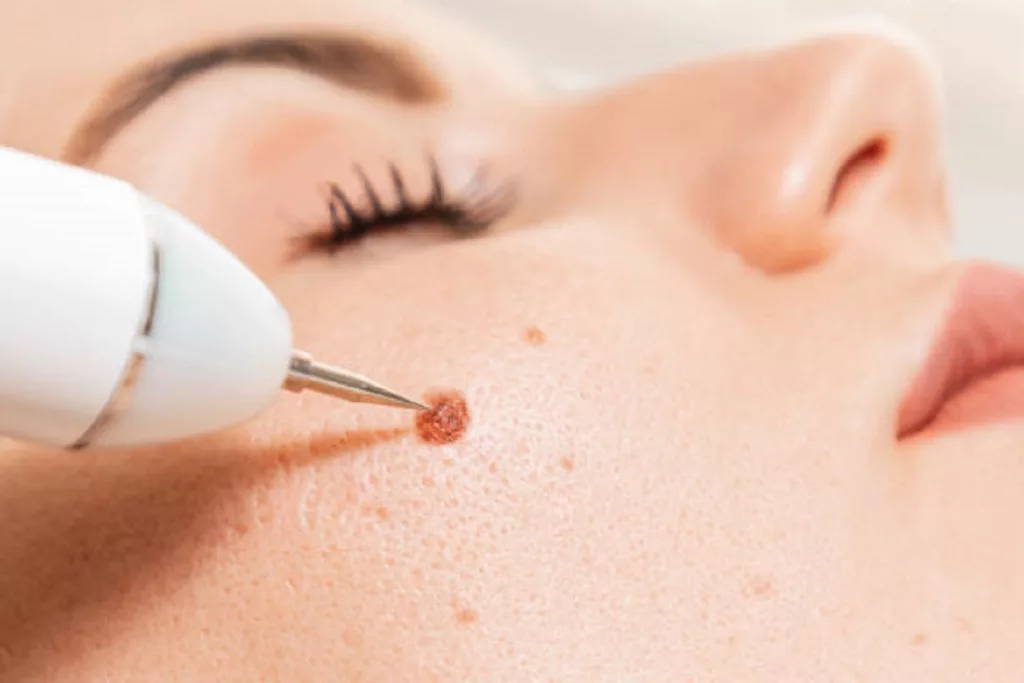
Do you have a wart that keeps coming back no matter what you do? If you’re losing the battle using wart treatments like liquid nitrogen freezing, burning and acid treatments. We want to tell you about a secret weapon—laser treatments! Warts are caused by a virus. Normally, your immune system is able to control viruses. […]
What Causes a Keloid Scar?
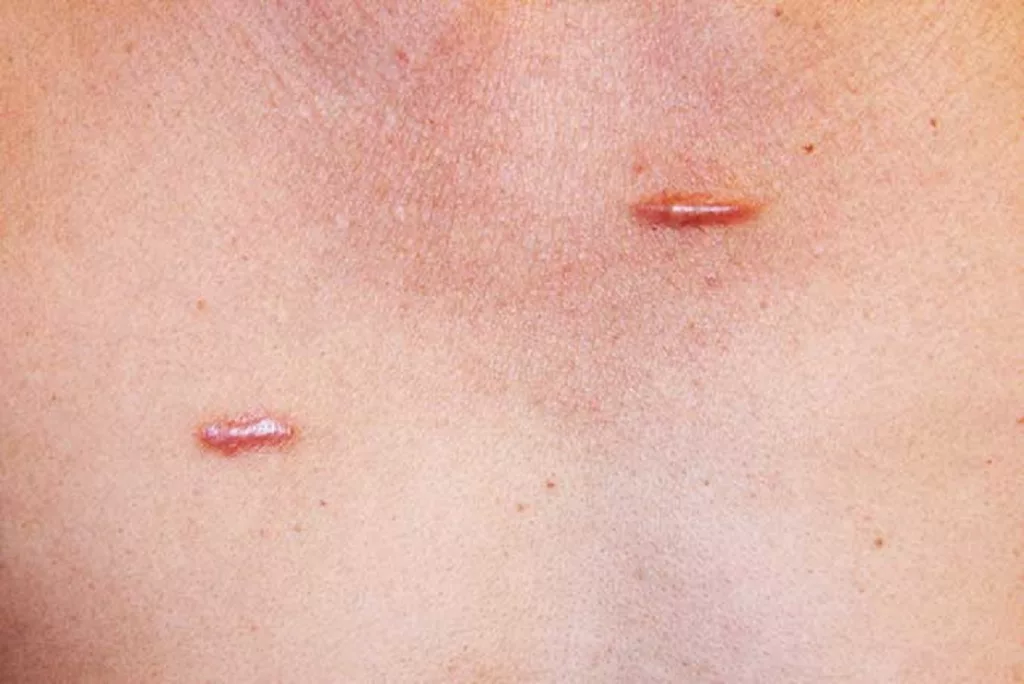
The answer is that no one is sure. If you have keloids, then we do know that there’s a good probability that someone else in your family does too because there seems to be a genetic link involved. Maybe you had surgery, suffered an injury or some other sort of trauma that left you with […]
How Do Lasers for Spider Veins Work?

Laser Treatment for Spider Veins Explained Tired of seeing those little red and purple lines on your cheeks, nose or legs? There’s never been a better time to consider vascular laser treatment to get rid of your unwanted spider veins. Treatment with class IV medical lasers is effective for this problem and has no downtime. […]
